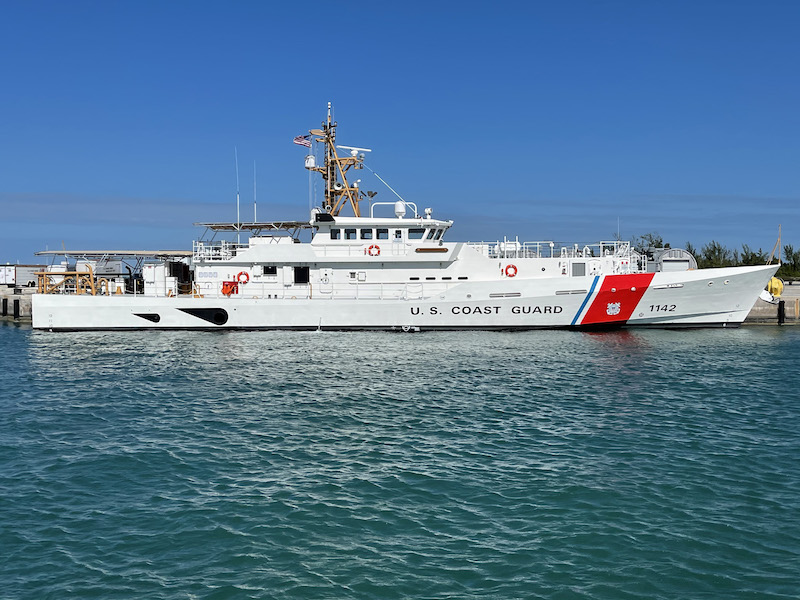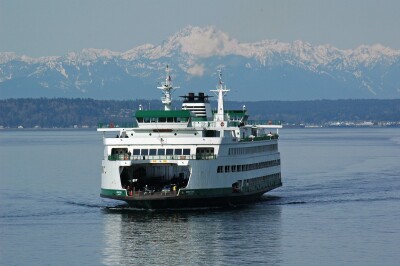Recently, President Trump signed into law the omnibus spending bill for fiscal year 2021, which included funding for four more Sentinel-class fast response cutters (FRC). This will permit Bollinger Shipyards to build and deliver four more FRCs to the U.S. Coast Guard, increasing the total number of funded boats to 64.
“It’s a great honor to have the confidence of the U.S. Congress to continue the work we’re doing in support of the U.S. Coast Guard,” Bollinger Shipyards president and CEO Ben Bordelon said in a prepared statement.
All four of the newly appropriated FRCs will be built at Bollinger’s Lockport, La. facility.
Earlier this month, Bordelon authored an opinion piece on how an expanded Coast Guard presence around the globe can “help further the regional partnerships and alliances necessary to curb the creeping influence of America’s strategic competitors and adversaries.” Bordelon argues that the Coast Guard has the opportunity to establish itself as the preferred regional partner through its work with Patrol Forces Southwest Asia (PATFORSWA), Operation Aiga and elsewhere. Bordelon concludes that “white hull diplomacy should be looked to more and more as a complementary arrow in the whole-of-government quiver.”
The FRC program has had a total economic impact of $1.2 billion since inception and directly supports 650 jobs in Southeast Louisiana. The program has indirectly created 1,690 new jobs from operations and capital investment and has an annual economic impact on GDP of $202 million, according to the most recent data from the Maritime Administration (Marad) on the economic importance of the U.S. shipbuilding and repair industry. Bollinger sources over 271,000 different items for the FRC consisting of 282 million components and parts from 965 suppliers in 37 states.
“More than 600 of our 1,500-plus employees have important roles related to the FRC program," Bordelon said. "Without the support of the Coast Guard and Congress for the continuation of this critical program, the security of these jobs would be thrown into question.”
In addition to construction of the FRC, Bollinger is now participating in industry studies for five programs, including the Coast Guard’s offshore patrol cutter (OPC) program, the Navy’s Common Hull Auxiliary Multi-Mission Platform (CHAMP) program, the Navy’s Auxiliary General Ocean Surveillance (T-AGOS(X)) program, the Navy’s Large Unmanned Surface Vehicle (LUSV) program, and the Navy’s Light Amphibious Warship (LAW) program.
The FRC is an operational “game changer,” according to senior Coast Guard officials. FRCs are consistently being deployed in support of the full range of missions within the Coast Guard and other branches of our armed services. This is due to its exceptional performance, expanded operational reach and capabilities, and ability to transform and adapt to the mission. FRCs have conducted operations all over the globe and embarked on journeys as far as 10,620 nautical miles from its port of origin. The FRCs have a flank speed of 28 knots, state of the art C4ISR suite (Command, Control, Communications, Computers, Intelligence, Surveillance, and Reconnaissance), and stern launch and recovery ramp for a 26', over-the-horizon interceptor cutter boat.





